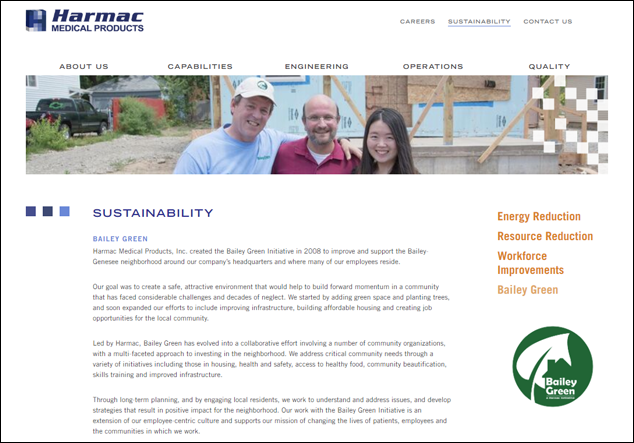Why This Strategy Matters
High opportunity neighborhoods offer access to quality amenities, like high-performing schools, safe streets, parks, affordable homes, social services, and a mix of jobs. Living in high opportunity neighborhoods can mitigate the negative impacts of being poor, especially for children, and help residents lift themselves out of poverty. However, many in the region do not live in high opportunity neighborhoods. In fact, about 25% of all residents, and 30% of children live in neighborhoods of concentrated poverty where poverty rates exceed 20% and access to opportunities is limited. Taking steps to enhance neighborhood amenities, especially in areas of concentrated poverty, can increase the capacity of service providers while improving outcomes for residents in need.






